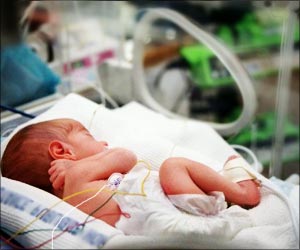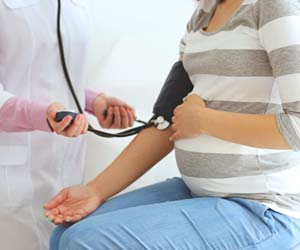Older women in the US are three times more likely to be treated for osteoporosis than men, reveals a new study.

Some 10 million people in the US have osteoporosis, and there are 2 million associated fractures every year, at a cost of US$19 million. And these figures are expected to rise to 3 million fractures at a cost of $25 million by 2025 as the population ages.
Osteoporosis is a major health issue for men as their risks of death and illness after a hip fracture are higher than those of women, say the researchers.
But who would benefit most from testing and treatment remains a matter of debate, and it has been several years since treatment guidelines for men have been published.
The researchers compared the screening and treatment of osteoporosis in 13,704 men and women aged 70+ at one Veterans Affairs medical center from January 2000 to August 2010.
Management included DXA scans, which measure bone mineral density; vitamin D level assessment; and treatment with vitamin D/calcium supplements and/or bisphosphonates.
Advertisement
The researchers scored the risk of an osteoporotic hip fracture over the next 10 years, using a shortened version of a validated risk assessment tool (FRAX). This included factors such as ethnicity, age, weight and height, and previous fractures.
Advertisement
But around half (48%) of 75-79 year old men, with age alone as a risk factor, had a 10-year hip fracture risk of 3 percent or higher, meaning they met the threshold criteria for treatment. This rose to 88 percent of those aged 80 and above.
And among men at higher risk, the proportion of those with a 10 year hip fracture risk ranged from 69 to 95 percent.
Management was less than optimal in both sexes. But men were significantly less likely than women to be tested and treated for osteoporosis, particularly those aged 80 above, even when they met the criteria for treatment.
When categorized by age alone, women were more than five times as likely to have a DXA scan (63% vs 12%) and around twice as likely to have their vitamin D levels assessed (39% vs 18%).
They were also more than three times as likely to be given calcium/vitamin D supplements (63% vs 20%) and significantly more likely to be treated with bisphosphonates (44% vs 5%).
Among men aged 80+, only between 10 and 13 percent had had a bone density scan, and fewer than one in 10 had been treated with bisphosphonates.
What’s more, the testing and treatment of osteoporosis among men at higher hip fracture risk was "strikingly low," particularly those who had already had a hip fracture, note the researchers.
This is an observational study, and as such, can’t establish cause, added to which veterans tend to have a higher rate of underlying illnesses, and so the findings might not be more widely applicable, caution the researchers.
It isn’t clear why older men in the US don’t get screened and treated for osteoporosis, they say. It might be that clinicians aren’t aware of osteoporosis screening guidelines for men, or that busy doctors prioritize other illnesses in clinic, they suggest.
But their findings suggest that previous guidelines are "inadequate in effectively identifying older men who might benefit from evaluation for osteoporosis and fracture prevention treatment," they write.
"We believe that there is a need for developing strategies to improve the evaluation and management for all older men, particularly among elderly men with a very high risk of fracture," they conclude.
Source-Eurekalert















